Wine and cheese, wine and meat, wine and fish, wine and pasta… go together well. But can wine and bread exist as a successful pairing?
I think „bread” and in my mind, immediately, I smell its aroma, a fresh, warm bread directly from the bakery, nice slice with butter… Taste of childhood. Whenever I go, the first product that I want to try is bread. It is served for breakfast, with appetizers, soups, lunches, dinners, with olive oil, butter, wine, water, everything, always and everywhere. Bread is a staple when it comes to eating. Usually, before anything else we eat bread. But it doesn’t just have to be “belly stuffing” before the actual meal. It also doesn’t have to be just to cleanse the palate when trying different wines. Bread can stand on its own as long as one enjoys it with wine.
Bread is the most fundamental food that has accompanied humanity for at least 30,000 years. It varies in type of flour, shapes, sizes, but it is always a synonym of home and a sense of security and tranquility. It is said that when there is bread there is no hunger. From the Latin words com (with) and panis (bread) comes to the English word companion.
Bread and wine have their very deep symbolism. For Catholics, they are associated with the Eucharist. But its secular dimension is not so far from the subject of sacrum, in the end, it is about sharing with close beings and enjoying the most fundamental fruits of the earth.
Making a good pairing between a wine with bread is like any other pairing. Since the flavor profile of bread can be incredibly varied, the grain of the bread must be taken into account, just as the strain is taken into account when choosing a wine. It looks easy, but as far as bread comes to this pairing alone, „naked” – judging its taste and weight must be very precise. I think that it is more precise than in the case of animal protein and the world of condiments and ingredients that is used in world cuisine.
As a general rule, choose a lighter bread to go with lighter wines and heavier, denser bread with more complex wines. Bread by itself, without other foods, for me has more in common with whites than with reds.
Focaccia made from wheat flour with New World Chardonnay; or a plain white bread made from wheat flour, ordinary and common, thanks to its “buttery” notes with a Chardonnay cool climate.
What if we change flour? There is plenty of rye, spelled or even buckwheat flours. Such as Slovenian bread Ajdov Kruh with buckwheat flour and potatoes, so we need a very complex white and with floral notes like for example Viognier or a white blend based on this strain.
The type of grain, that comes closest to red wines is rye. A plain rye bread tastes great with a glass of Cinsault, fresh and juicy. But a whole rye bread calls for a little more concentration and weight of the wine and aromas. My choice is some joyful Mediterranean blend such as GSM.
But this rule will not always work. As in all types of pairings, sometimes we must apply a regional or better geographical pairing. And just like a French baguette, although it is very light the best taste will have with a young and direct Cabernet Sauvignon. Also, dark bread may need white wine. In northern Germany a popular type of bread is pumpernickel. It is quite dense, with rye flour and coarse rye grain with a slightly sweet flavor. Traditionally associated with Westfalia. One of the secrets of the pumpernickel is its long baking time of up to 24 hours and it bakes at low temperature. This bread belongs to gourmet products, once it is not the cheapest, and two that have a specific, sophisticated flavor. For me, its optimal pairing comes from its birth region and should be served with a slightly off-dry Riesling.
In the general rules, I must mention a famous one, that says sweet with sweet and even sweeter. Yes, yes, there are the sweet kind of breads (not cookies, muffins etc., but real bread) like Portuguese bread or Russian bubliki. Bublik is a traditional bread from central and eastern Europe. Where I come from, even the songs about bubliki are sung. It is very similar to a bagel, but somewhat larger and has a wider hole. Bubliks also have a much denser texture. This bread is made from a dough that has been boiled before baking. It is prepared from flour, milk, yeast, egg whites, sugar. It goes perfectly with a late harvest type wine.
Bubbles and yeast
High acidity wines, very sharp and fresh whites such as Sauvignon Blanc, dry Muscat, Chardonnay without oak, etc., can be removed from the list of pairings with bread, simply because they usually do not go well with the texture of most bread, and with the touch of the flavor of the yeast present in the bread.
What decides that a pairing will be successful is a similar weight and compatibility of aromas (sometimes they can be opposites, but always complimentary). I think that in the case of bread, an important factor is the issue of yeast flavor. Although the bread is also prepared with baking soda or a fermented sourdough. This last one captures the native yeasts of the environment and in bread flavor, it is also „yeasty”.
For this reason, the best pairings between bread and wine for me are sparkling wines. Its visible touch of yeast, notes of Chardonnay and touch of notes from the barrel make a truly pleasant combination.
Sparkling wines have more than one face, there are different styles of bubbles. A blanc de blanc with a Chinese white bread cooked in steam (Chinese bun bread) is a proposal for brunch and even late breakfast. This bread is light, fluffy, but at the same time sweet, with a very smooth flavor, like silk. And a sparkling wine only from Chardonnay strain can be described in the same words, right?
A brut, with its delicious aromas of breadcrumbs, cookies, and yeast is a perfect companion for a light and crispy ciabatta.
Semi-sweet sparkling wine asks for semi-sweet and fluffy bread, naturally yeast wheat bread. Such as challah, Jewish bread consumed on Shabbat and other holidays. With this braided bread, I love to enjoy off-dry wines. This bread is divine, fresh and fluffy with a little bit of fresh butter, but also older, bit dry dipped in semi-sweet sparkling wine – in a way similar to cantuccini cookies and vin santo.
A sparkling wine with a sophisticated bouquet like the special cuvée with its aromas of spices, hints of honey, sweet fruit, can also be matched with bread. A delicious bread for this style you will find in Lithuania. It is a dark and dense bread made from rye flour, a sourdough from rye, malt, and honey.
Flavors, that indicate the pairing direction. We are well aware of the “neutral” flavor of wheat flour, but what if the bread is made from more predominant flour? Take for example a chickpea flour loaf, eaten in Turkey or Albania. The most significant difference of this type of bread is that instead of regular yeast, a yeast made from chickpeas is used. Chickpea yeast mixed with flour and water and left out overnight in a warm place. This bread is slightly sweet, with a taste of chickpeas, some nuts or almonds. Ideal for a brut nature sparkling wine.
I don’t know if there is a list that captures 100% of all types, shapes, sizes, flavors of the world’s bread. It seems to be infinite. And with all the regional differences, sometimes the same type of bread has several versions depending on an area. If there is a perfect pairing for each bread in the world? I honestly don’t know. But what I know that bread and wine are the most daily and prime ingredients and we can enjoy both together.




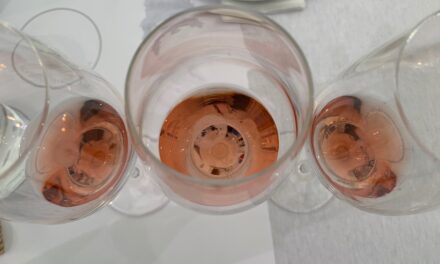


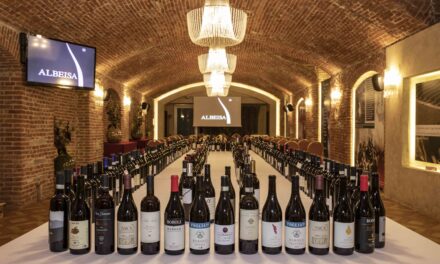



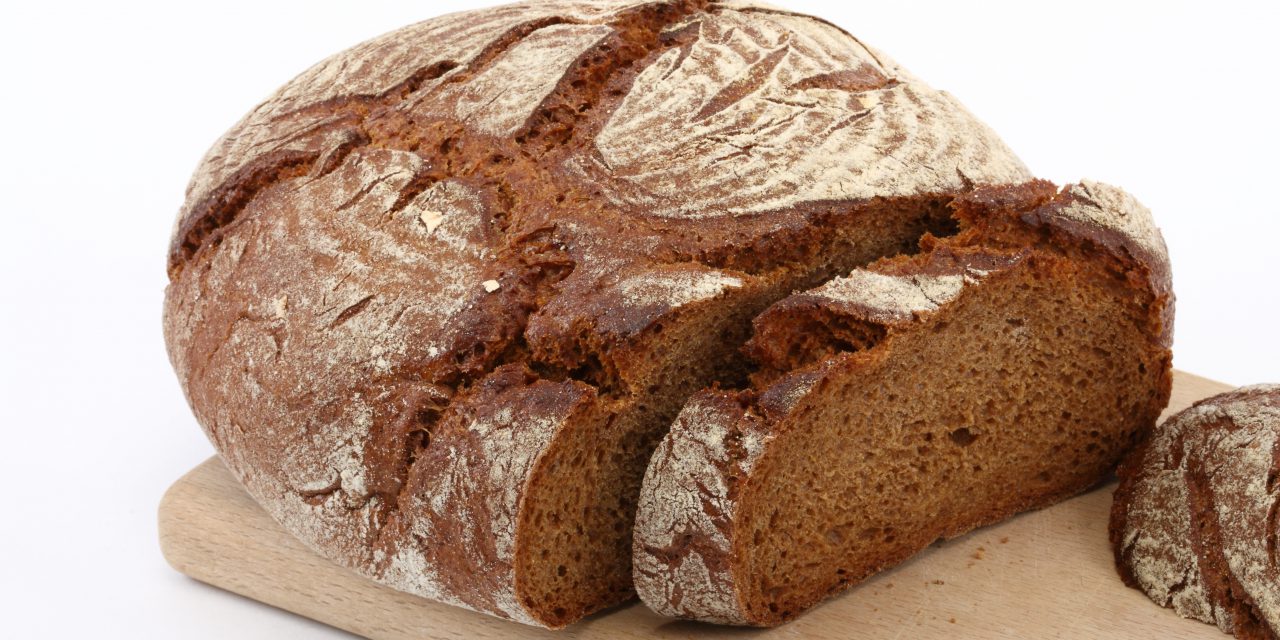

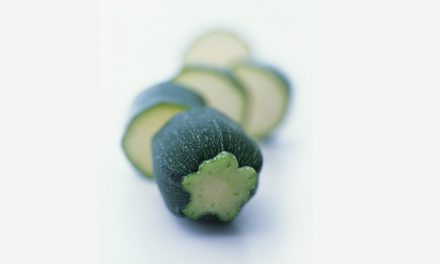
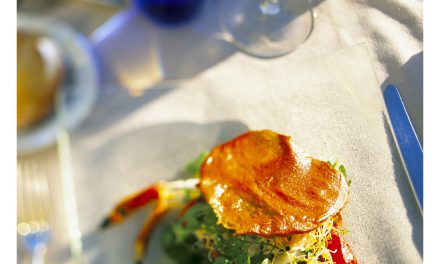







Najnowsze komentarze